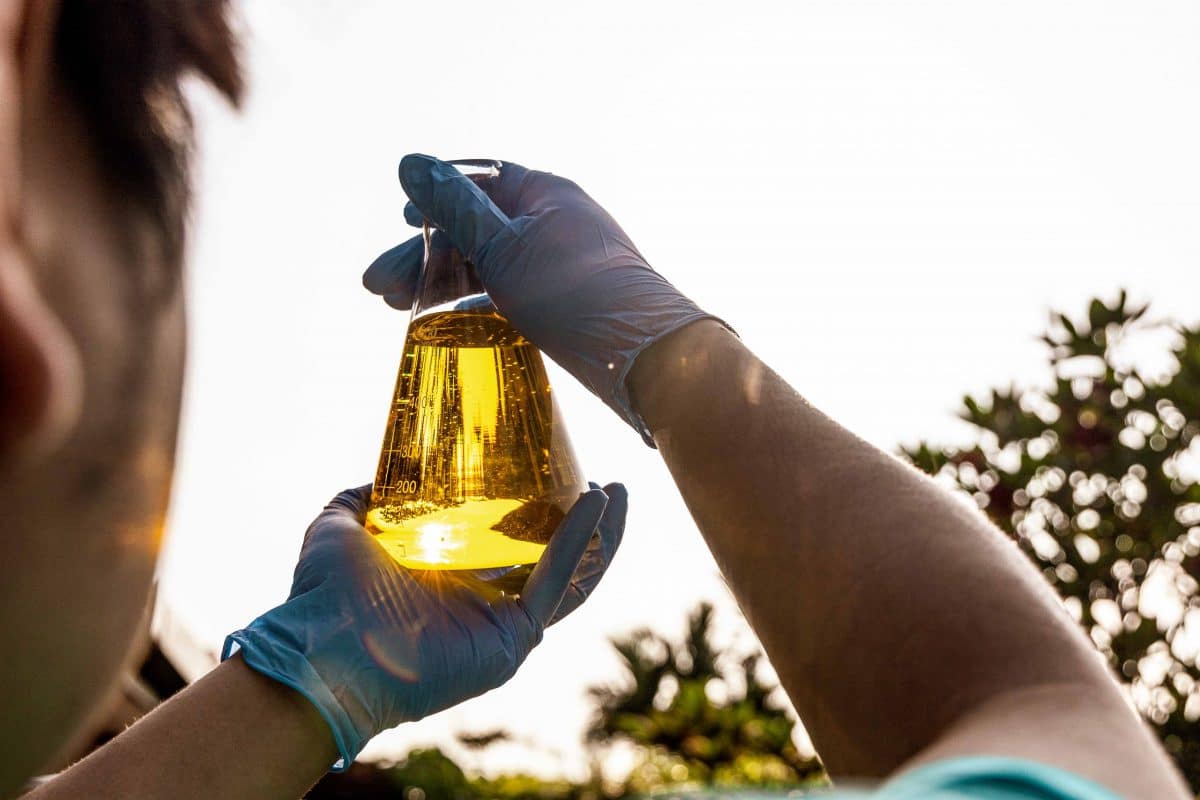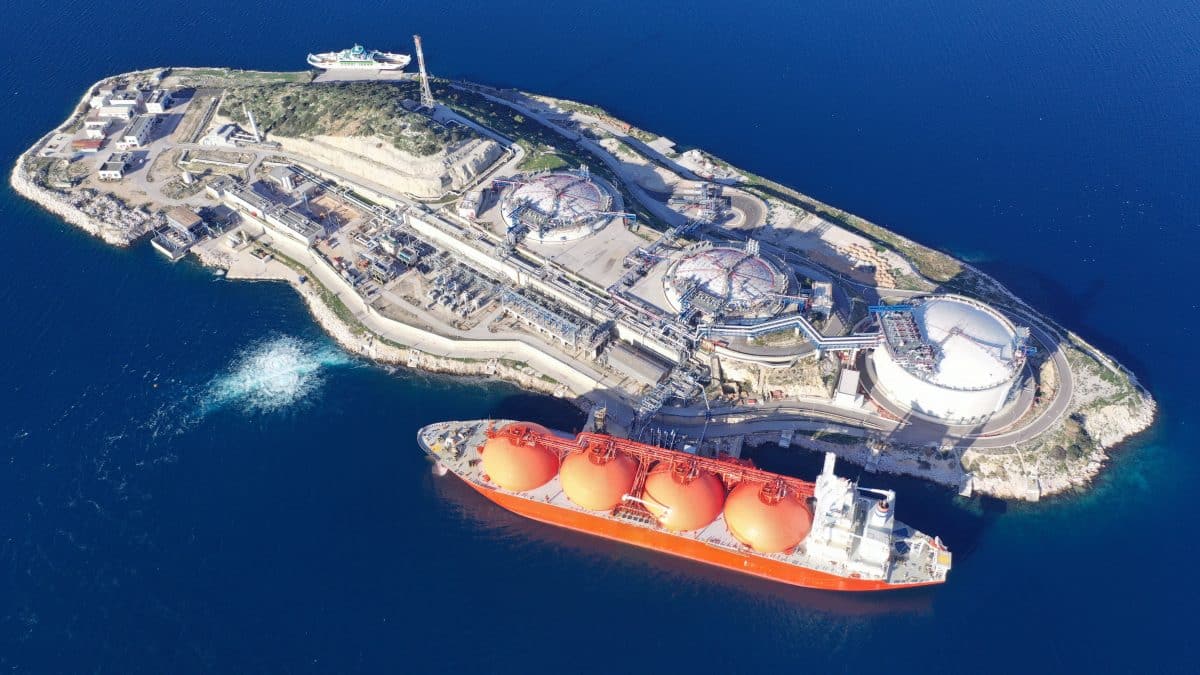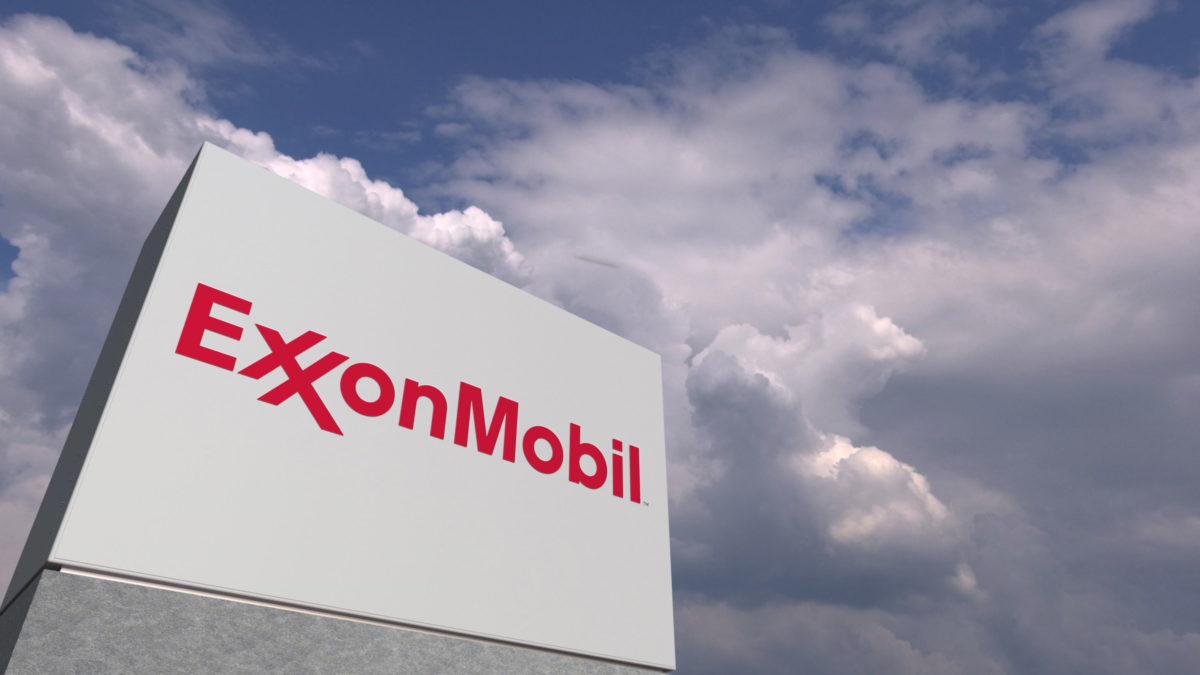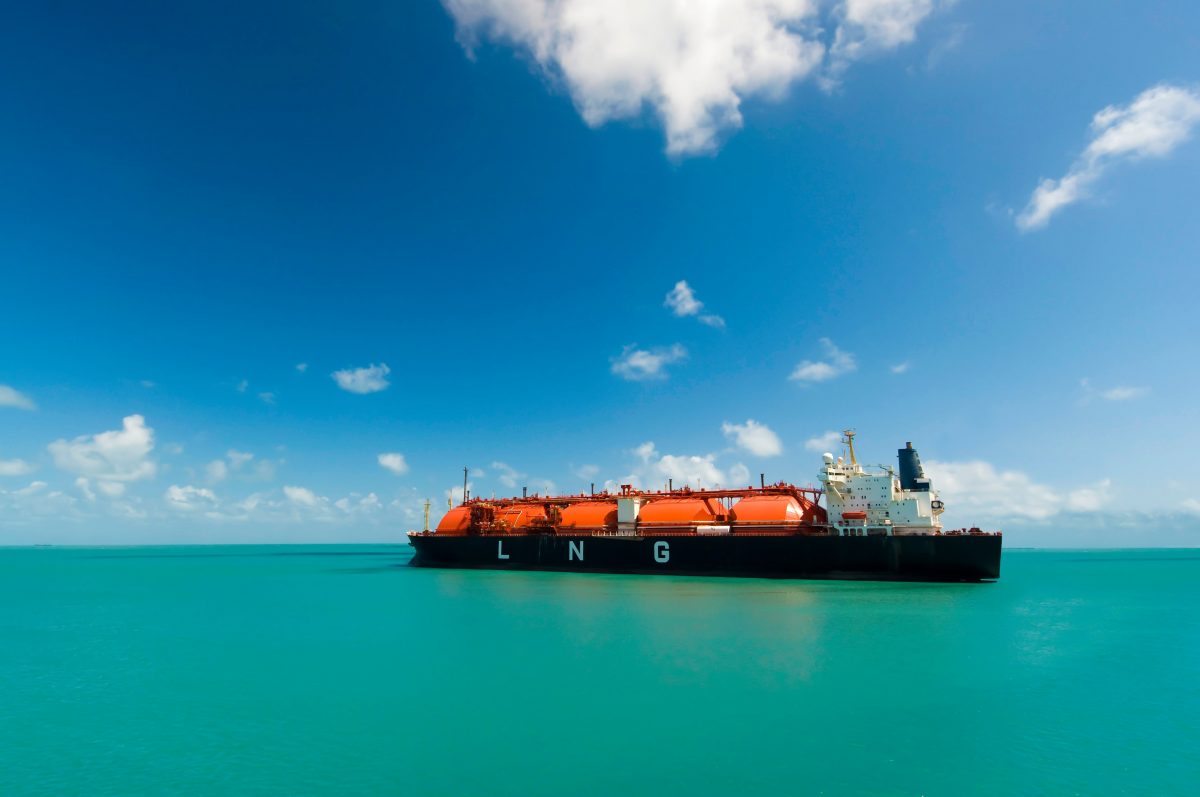After years of relative stagnation, Brazil is likely to resume investments in oil refining capacity.
On Friday, the national energy policy council (CNPE) revoked a resolution that established guidelines for the divestment of federal oil company Petrobras’ refining assets and made the expansion of infrastructure to guarantee national fuel supply a strategic goal.
Brazil’s refining park comprises 19 refineries with processing capacity of about 2.4Mb/d (million barrels a day), which is insufficient to handle the 3Mb/d of oil produced.
Professor Adilson de Oliveira, a member of the board of trustees of the UFRJ federal university, said a country like Brazil, which is heavily dependent on oil products, cannot rely on imports while it increases its exports of crude.
“We pay freight and insurance to import the refined petroleum that we export. We burden our population with this absurd incompetence,” Oliveira told BNamericas.
In recent years, the hike in fuel prices contributed to Brazil’s inflation and ended up generating friction between previous president Jair Bolsonaro and Petrobras’ management, leading to the resignation of three CEOs.
Currently, according to the government, the state-run firm’s refineries operate at below the rate at which they operated in the past.
“Whether by stimulating greater use of the installed refining capacity, or by expanding the national refining park, the focus now is on energy security, manifested through the search for reducing external vulnerability in the supply of derivatives,” said the mines and energy minister, Alexandre Silveira.
In 2019, Petrobras signed an agreement with antitrust authority Cade to sell eight refineries that accounted for about 50% of its capacity: Abreu e Lima (Rnest), Presidente Getúlio Vargas (Repar), Alberto Pasqualini (Refap), Gabriel Passos (Regap), Landulpho Alves (RLAM), Issac Sabbá (Reman), Lubrificantes e Derivados do Nordeste (Lubnor) and Paraná Xisto (SIX).
Only three of them (RLAM, now dubbed Mataripe), Reman and SIX were sold, to Mubadala Capital, Atem Distribuidora and Forbes & Manhattan, respectively.
Lubnor has a sale contract signed with Grepar Participações, but the transaction is still being analyzed by Cade.
The other plants that were part of Petrobras’ divestment program are now expected to remain in its portfolio, as the new federal administration of Luiz Inácio Lula de Silva considers that Petrobras must keep a verticalized profile.
CAR WASH EFFECT
Alongside Comperj and the Premium I and II plants, RNEST was one of the refinery projects that Petrobras had been carrying out before the Lava Jato (Car Wash) corruption probe, launched in 2014 and which led to a halt in the works.
Claiming it needed to invest in more profitable activities to reduce its debts and generate more dividends for shareholders, the firm has been focusing on exploration and production in deep and ultra deepwater assets, especially pre-salt areas.
After the election of Lula last October, the Workers Party leader’s energy transition team recommended that Petrobras modernize its refineries and resume halted construction works.
Petrobras’ current business plan, which is likely to be modified due to the change in the federal government, foresees US$9.2bn investment in the refining and gas & energy areas by 2027.
PRODUCTION SHARING SUPPLY
Meanwhile, the CNPE decided that Pré-Sal Petróleo SA (PPSA), which oversees pre-salt production-sharing contracts, should start conducting studies into the technical and economic feasibility of mechanisms to prioritize the domestic supply of petroleum-based fuels.
The CNPE’s measure is based on a law that allows state-owned PPSA to sign contracts on behalf of the government to refine and process oil, natural gas, and other hydrocarbons arising from production-sharing contracts.
Currently, all of the government’s oil is sold in its raw form, via the offshore production unit.
“We want the government’s oil and natural gas from production-sharing contracts to promote the industrialization of Brazil and ensure the security of national supply of energy, petroleum inputs, nitrogen fertilizers and other chemicals, reducing foreign dependence and valuing local content. Our companies need to prioritize the national supply,” Silveira said.
On Monday, PPSA said that production-sharing contracts set a new record in January, producing an average of 845,000b/d of oil, almost twice as much as a year earlier.
FUEL HANDLING CAPEX
Oil and gas watchdog ANP authorized last year investments of 1.15bn reais (US$220mn) in fuel handling infrastructure.
Of this amount, approximately 665mn reais will be invested in terminals, 126mn reais in oil pipelines and 341mn reais in gas pipelines.
During 2022, investments of around 400mn reais were made in the segment, mostly for transportation or transfer pipelines.
The availability of fuel storage in Brazilian terminals increased by about 175,000m3 last year.
Authorizations issued by the ANP in 2022 involved gas liquefaction units on behalf of New Fortress Energy in São Paulo and Bahia states; fuel tanks for Ultracargo in Maranhão; ship-to-ship operations for Braskem in Rio Grande do Sul; NTS’s Gasig pipeline in Rio de Janeiro; oil pipelines for Refinaria de Manaus; and a gas compression station for Vibra Energia in Espírito Santo.
By bnamericas, March 22, 2023












